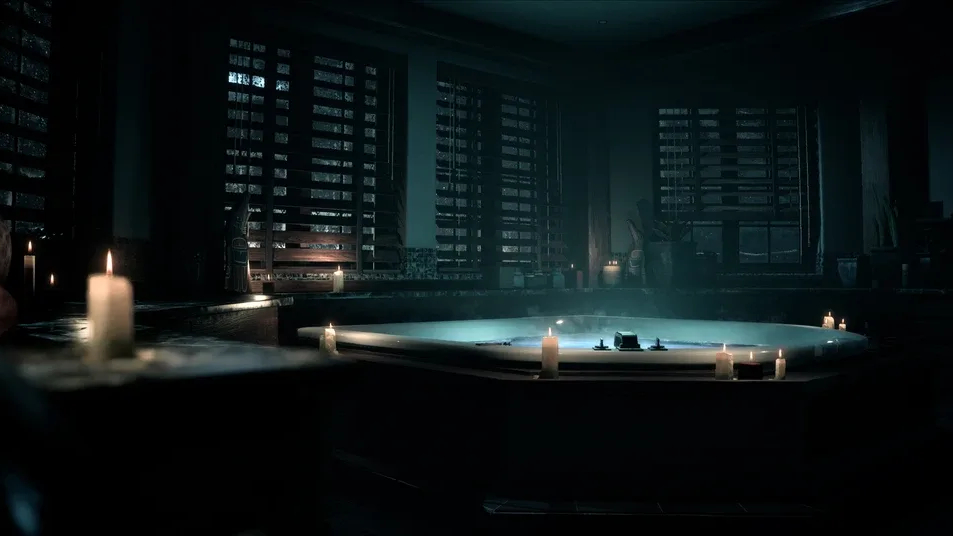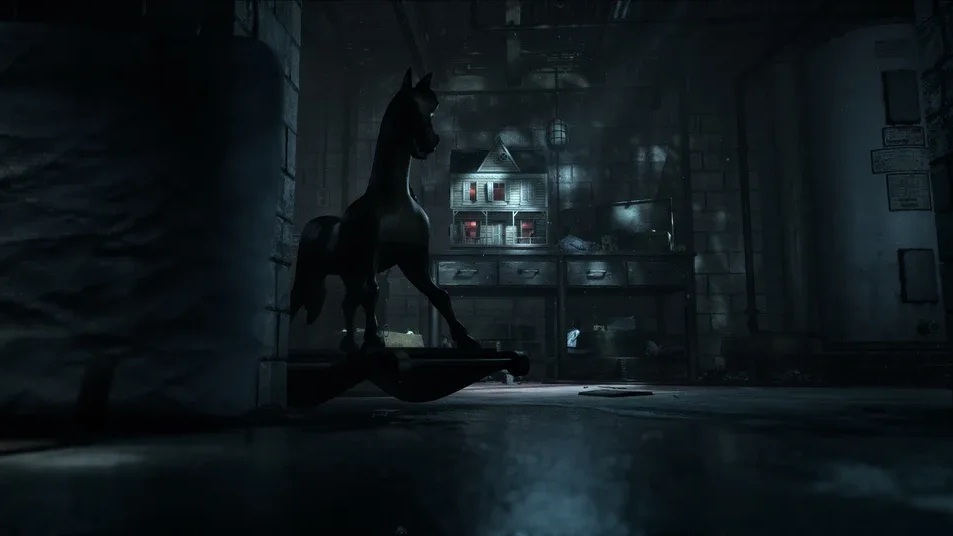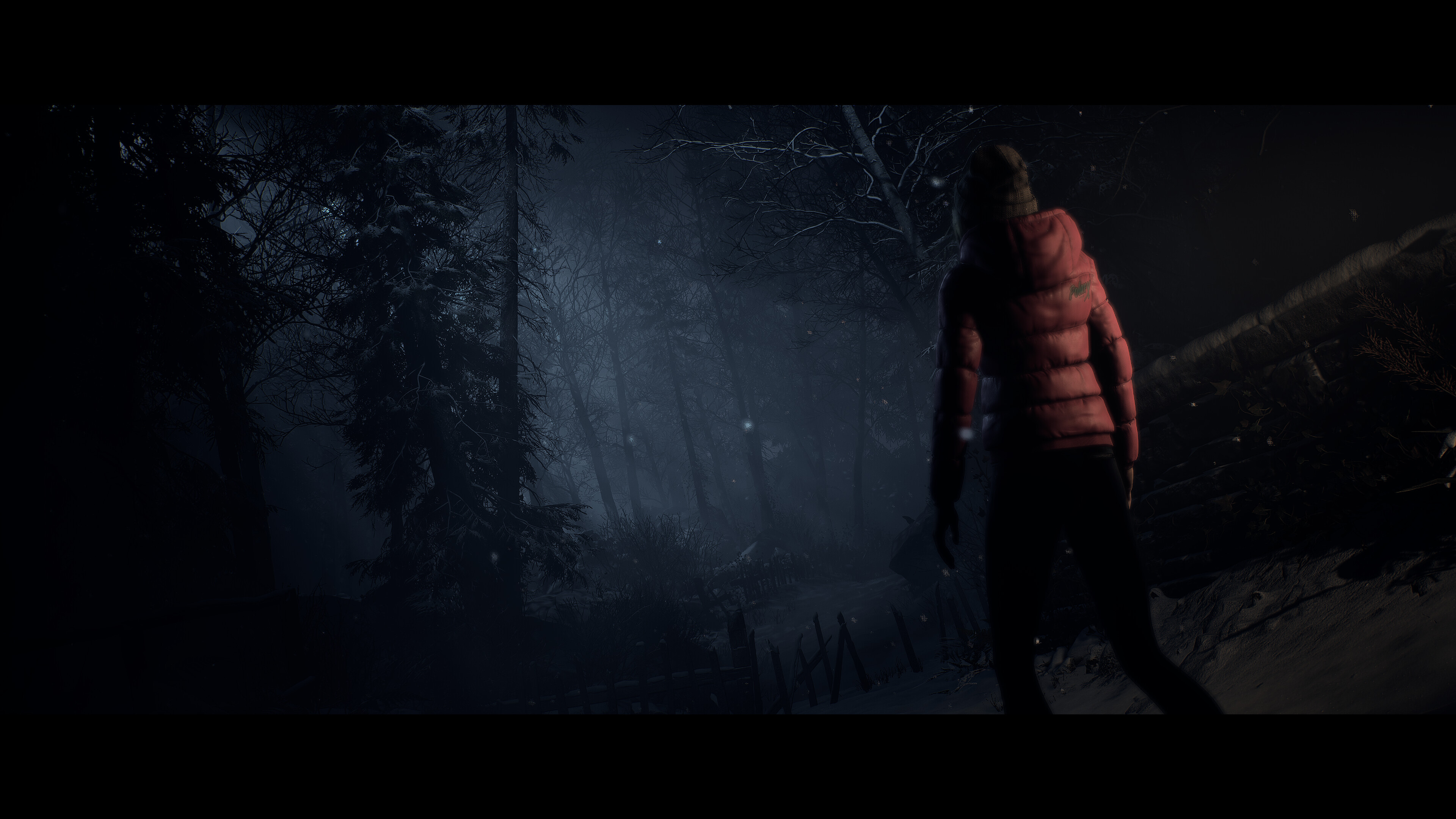TechRadar Verdict
With a strong focus on visual upgrades, this rebuilt take of the 2015 horror romp can feel more like a remaster than a remake. Still, if you've never played the original – or you're a seasoned Blackwood Mountain survivor seeking the game's definitive version – Until Dawn is an easy recommendation.
Pros
- +
Visual upgrades greatly complement the game's cinematic vibe and dread-inducing atmosphere
- +
Retains story-focused, character-driven formula of the original, delivering a playable slasher flick
- +
Thoughtful DualSense integration and multiple tweaks, like replacing the fixed camera perspective, increase the immersion
Cons
- -
Not many significant upgrades or enhancements beyond the visual overhaul
- -
Very little fresh story content
- -
$60 price a bit steep given the lack of new content
Why you can trust TechRadar
Platform reviewed: PS5
Available on: PS5, PC
Release date: October 4, 2024
Until Dawn has leaped from the shadows to reacquaint fans with yet another creepy horror game classic. But while this new version of Sony and Supermassive Games' playable slasher flick spawned from the 2015 PlayStation 4 original, it's not being billed as a ‘remaster’ or ‘remake.’
Perhaps that's because Until Dawn brings a bit from both camps. Like most remakes, it's been rebuilt from the ground up – a fact that's showcased in every frame of its stunning, Unreal Engine 5-fueled visual presentation. But save for a few other tweaks and additions, the rest of the experience will feel very familiar to anyone who braved Blackwood Mountain nearly ten years ago.
The result is a definitive, director's cut-like offering that retains the appeal of its predecessor, while also making it a whole lot prettier. It’s potentially one of the best PS5 games right now, but that's not to say Until Dawn is perfect. Even more changes, extra content, and a cheaper price tag would've been appreciated.
Mostly familiar frights

Until Dawn's core gameplay, story, and characters (including strong performances from Rami Malek, Hayden Panettiere, and Peter Stormare) mostly remain unchanged from the original. Once again, players are put in the quaking boots of eight young adults who've reunited one year after a tragic, mysterious event put two of their friends – twin sisters – on 'Missing Person' posters. Hoping to honor their pals, and also put the painful past behind them, the group meet at the same remote mountain estate where the girls were lost.
Unsurprisingly, things go south before the friends can crack their first beer, leading the player to navigate them through a living nightmare that lasts, well, until dawn. As the scared crew begins to splinter – like typical horror movie victims – players take control of the individual characters on their separate paths. What differentiates Until Dawn from most games though, is the fact that any of the protagonists can die. Depending on how you steer the story, you may reach the credits with everyone still breathing – or all eight in body bags.
Whether or not they survive or die largely depends on a few things, most notably your dialog choices along the way and how well you perform quick-time events. It's a unique, risky formula that Supermassive pretty much nailed, and new developer Ballistic Moon has smartly not messed with. The result is a highly cinematic, character-driven, story-focused – but not narratively linear – experience that essentially makes you feel like you're playing a horror movie.
Cinematic slasher

While its gameplay loop is largely unchanged, Until Dawn's visual presentation has received a scary-good makeover. Entirely rebuilt in Unreal 5, the game has been brought up to speed with – and sometimes surpasses – PlayStation 5's prettiest first-party stunners.
Sign up for breaking news, reviews, opinion, top tech deals, and more.
In fact, the first thing that hits you when you fire up the game isn't the business end of a psychopath's blade, but the striking character close-ups. The incredibly realistic models sport the sort of nuanced details – from facial stubble and pores to birthmarks, blemishes, and, of course, blood – usually reserved for live actors.
But while I spent an embarrassing amount of time studying the imperfections on Peter Stormare's face, it was the lighting work that regularly had me pining for a photo mode (which is unfortunately not included). The varied, specific effects that came from different sources, including moonlight, lanterns, lighters, flashlights, smartphones, and more literally stopped me in my tracks on several occasions.
Of course, the presentation is at its breathtaking best when all these enhancements combine to deliver something truly eye-popping. Fairly early in the eight or so-hour story, for example, you'll find yourself clutching a lighter as you navigate a narrow, dark hallway. You'll immediately spy the slick effects cast on the walls and items surrounding you, but you'll also want to stop and stare at your bespectacled character's face. On top of the aforementioned facial details being realistically lit by the tiny, dancing flame, you can see its flicker reflected in his glasses while its glow illuminates the individual hairs on his parka's fur hood.
A definitive edition, with a scary price


Having played the original multiple times, I found myself enjoying the remake more for its stunning visuals than its jump scares. The best moments were any that saw its graphical upgrades – from the enhanced lighting work to the richly detailed character models – firing on all cylinders.
The lighting and character models steal the show, but they're not the only upgrades the game has received. Adding to the nerve-fraying atmosphere is the DualSense Wireless Controller's adaptive trigger, haptic feedback, and other immersion-ratcheting features. Like the lighting work, these inclusions never settle for a ‘one size fits all’ approach, but are rather nuanced and situational.
So while you probably expect the feel of your footsteps to change organically when you proceed from a snow-covered dirt path to an icy wooden bridge, you might be surprised when the rumble of a power generator delivers a different sensation than a reverberating boiler. A less subtle, but no less effective trick, includes the DualSense mimicking your pounding pulse while you're tasked with keeping the controller completely still.
Until Dawn has also stripped out its predecessor's fixed camera for a closer, over-the-shoulder view that offers far more freedom. In a game that's often controlled with quick-time events, it feels good to have a bit more leeway when simply exploring, taking in the sights, or searching for collectibles. And on the topic of shiny trinkets, this updated take has also added more hidden totems (creepy wood carvings) that trigger deadly premonitions when interacted with.

Until Dawn's most notable enhancements undoubtedly deliver a more cinematic, immersive experience, ensuring the game is back in my regular nightmare rotation. Still, I would've liked to see these updates complemented with some fresh content or new features that better justify its $60 price tag.
The story's prologue has been, er, fleshed out a bit more, and new post-credits scenes do offer some fun surprises. But these inclusions, while welcome, generally feel like director's cut extras rather than significant additions. All that said, if you've never played the original or you're a super-fan looking to have your pants scared off all over again Until Dawn's got you covered like a blood-soaked sweater.
Accessibility
Keeping in line with Sony's more recent first-party releases, Until Dawn features far more accessibility options than its predecessor. Before starting the game, it offers multiple selections for subtitles and a screen reader. Once inside the game, you can dig deeper into these specific features by going into the settings menu. Various other adjustments, from content censoring and camera movement to gameplay difficulty and even the ability to disable the game's "don't move" challenges, can also be tweaked in the settings menu.
Should I play Until Dawn?

Play it if…
You're a horror fan seeking your next fix
Until Dawn is as close as you'll come to a playable slasher movie. It's also incredibly accessible, so even if you're not much of a gamer – but love the idea of interacting with a horror movie – you’ll be able to dive right in.
You loved the game, but haven't returned to Blackwood Mountain since
Until Dawn is the same game you remember, but with significantly better visuals and other presentational upgrades that complement its cinematic qualities. It's the definitive version of the horror classic.
Don’t play it if…
You remember the original well
While Until Dawn looks a whole lot prettier and benefits from a few other tweaks, its story and core gameplay are unchanged. If the original was a one-and-done for you, the remake won't convince you to come back.
How I reviewed Until Dawn
I spent about fifteen hours playing Until Dawn, completing its eight or so-hour campaign before replaying some portions to test out the choice-driven dialog systems and other features – like keeping characters alive – that encourage replayability.
I paid particular attention to the various graphical upgrades, as well as the new DualSense integration. I also fired up the original version to compare both the visuals and the new over-the-shoulder camera.
I played on my PlayStation 5, using a DualSense Wireless Controller, on a budget model TCL 4K display with HDR. I primarily tested with the television's stereo audio but also played for a few hours with PlayStation's Pulse Explore earbuds. I also paired the latter with PlayStation Portal, which made for some especially spooky sessions while tucked into bed.
First reviewed October 2024.

A full-time writer and game consultant hailing from Lizzie Borden's hometown of Fall River, Massachusetts, Matt has been covering video games, tech, film, television, and theme parks for nearly 20 years. When not contributing to the likes of IGN, CNN, Forbes, Fandango, Netflix, Entertainment Weekly, StarWars.com, and many more, Matt can be found in the basement of a haunted asylum hoarding all the med-kits, ammo crates, and canned goods.
